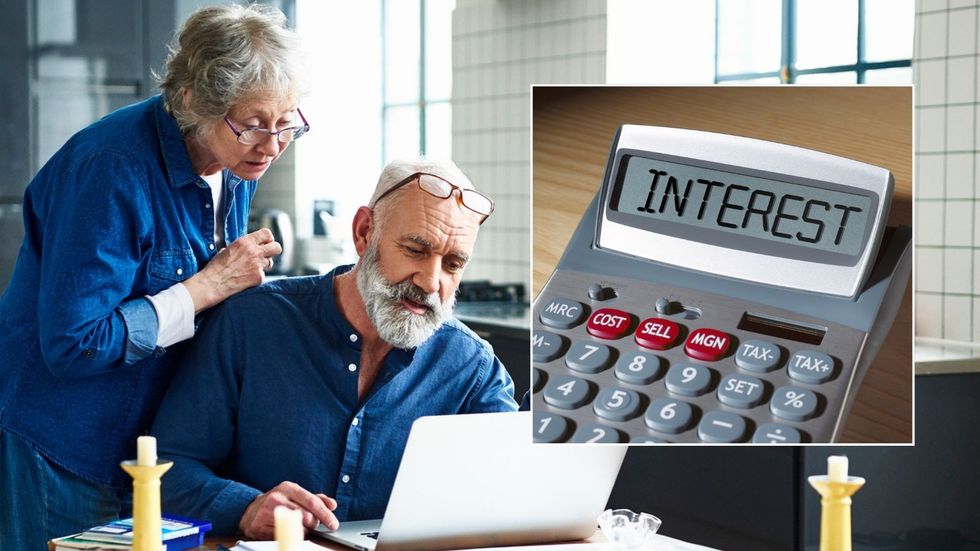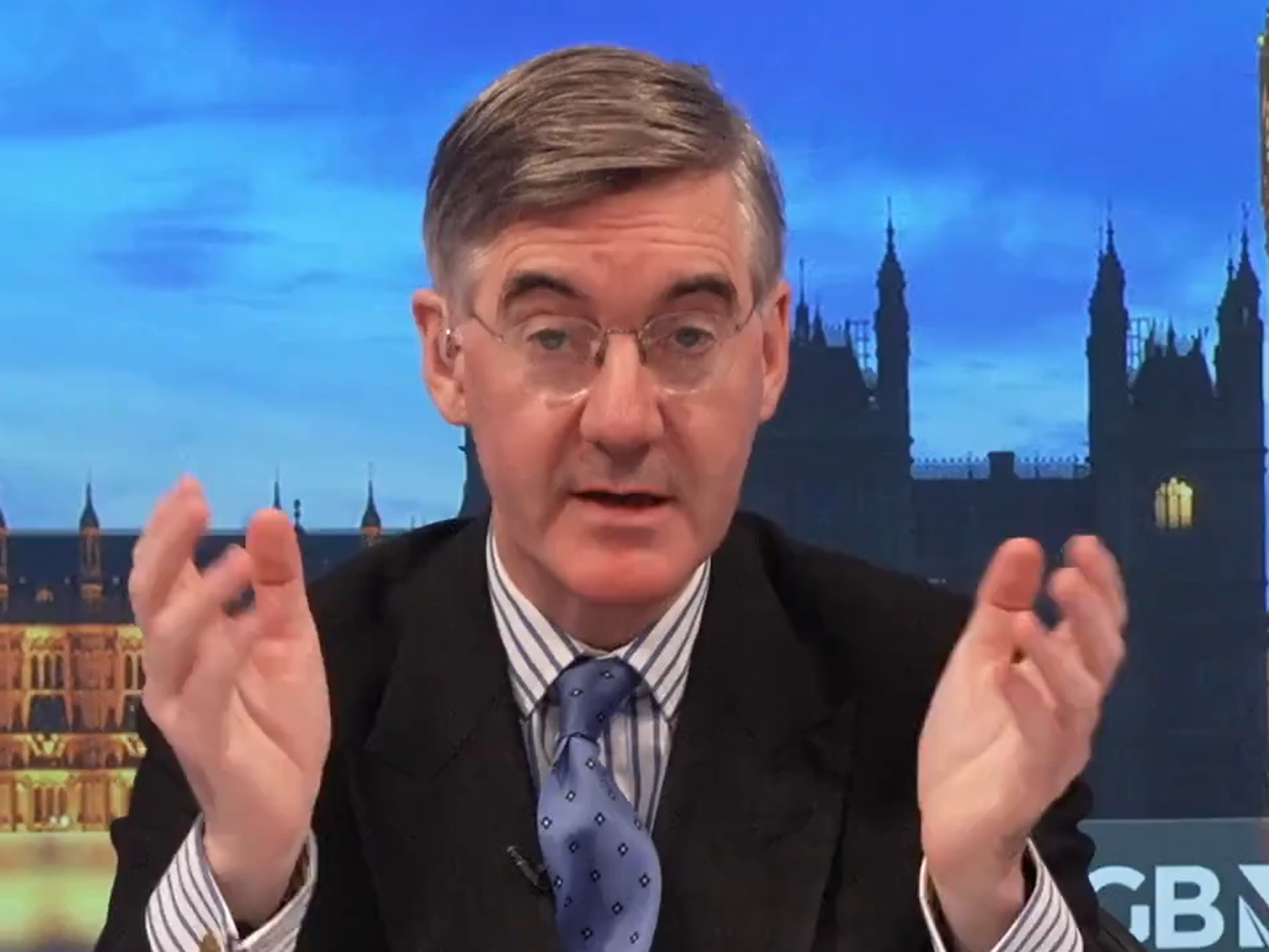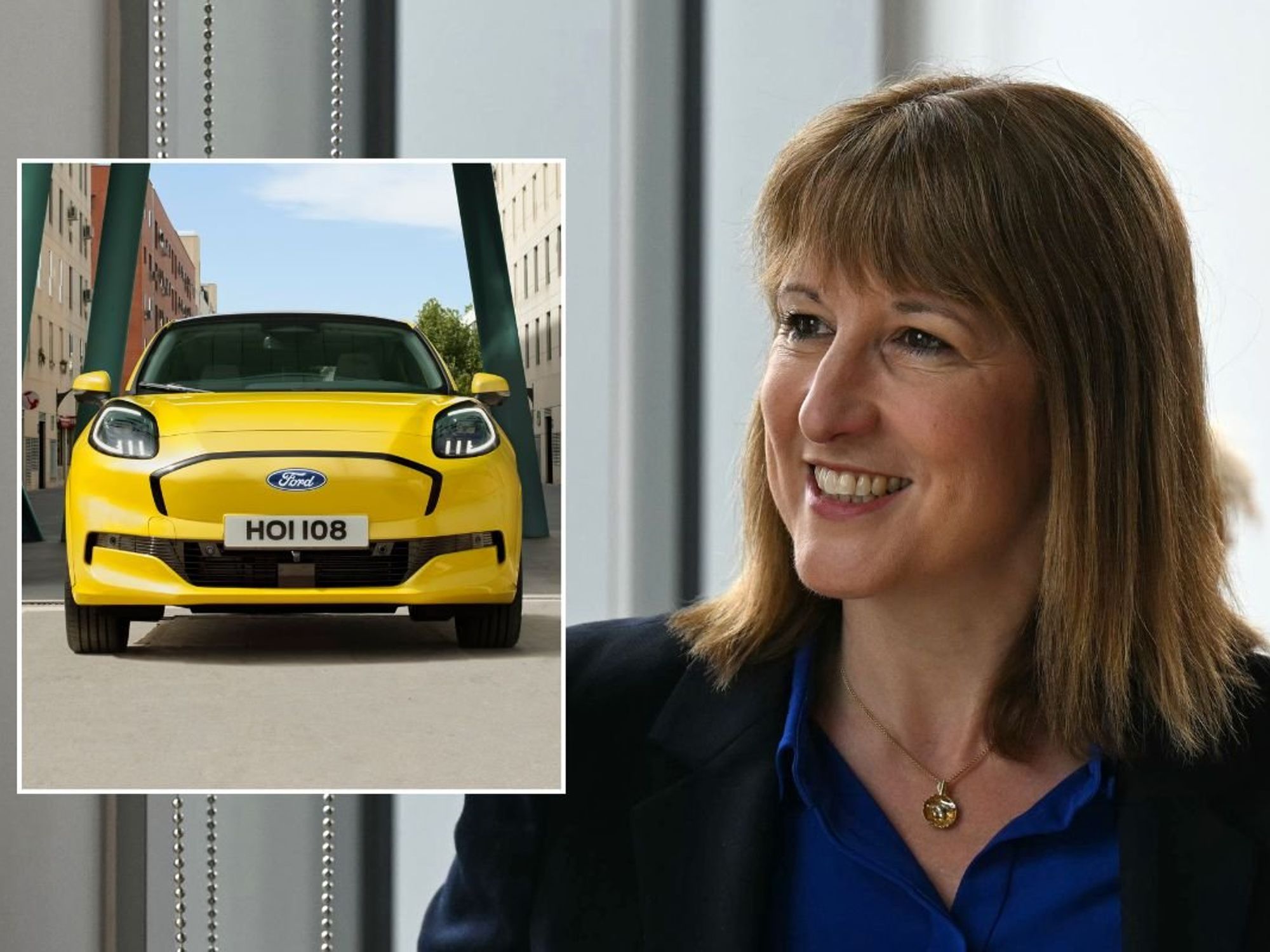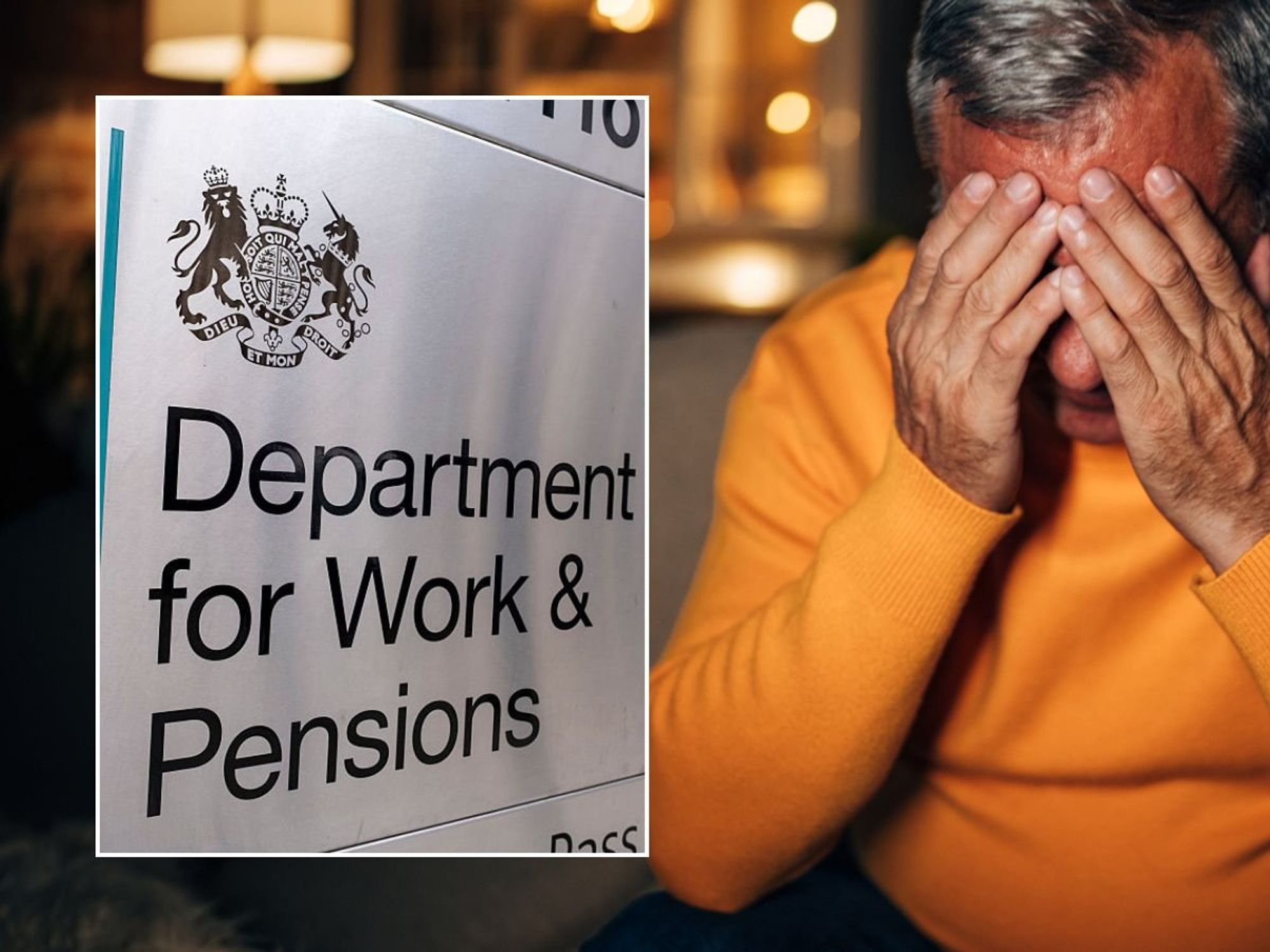Millions could earn up to £18,570 without paying tax thanks to little-known savings loophole - check if you qualify

There an easy loophole to increase one's tax-free income to £18,570
Don't Miss
Most Read
Latest
Households across the UK are being encouraged to examine whether they qualify for a little-known tax arrangement that could allow them to earn up to £18,570 annually without paying any tax.
This substantial tax-free threshold can be achieved by combining three separate government allowances that many taxpayers remain unaware of.
The arrangement involves utilising the standard personal allowance alongside two additional savings-related allowances that can significantly boost tax-free earnings.
Financial experts are highlighting this opportunity as many eligible individuals are failing to structure their savings appropriately to maximise these government-provided tax benefits.
The combined allowances represent a considerable opportunity for households to reduce their tax burden legally through proper financial planning.
Sarah Coles, head of personal finance at Hargreaves Lansdown, explained that the allowance is applied automatically, so there is no need to apply.
She noted: "It means that in some couples, savings will be held in the name of the lower earner, so they can take advantage of their extra allowance for savings interest."
Robert Salter, of accountancy firm Blick Rothenberg, warned that many taxpayers are unaware of these options.

Millions could earn up to £18,570 without paying tax
| GETTYHe said: "Even where they are aware of it, many simply never get around to actually structuring their savings income in such a way that they correctly utilise the tax advantages that the Government offers to nearly all of us in this area."
The automatic nature of the system means eligible taxpayers should benefit without additional paperwork, yet awareness remains limited.
The tax-free threshold is constructed from three distinct components that work together to create the substantial allowance.
The foundation is the personal allowance of £12,570, which represents the standard amount most workers can earn before paying income tax on employment or pension income.
 What are the best savings accounts of the week? | GETTY
What are the best savings accounts of the week? | GETTY Additionally, savers may qualify for up to £5,000 through the starting rate for savings, which applies specifically to interest earned on savings accounts and investments.
To receive the full £5,000 benefit, individuals must have total income from work or pension below £12,570.
The final element is the personal savings allowance, which provides an additional £1,000 of tax-free savings interest. When combined, these three allowances create the potential maximum tax-free income of £18,570 annually.
The starting rate for savings operates on a sliding scale based on total income levels. Individuals earning more than £12,570 from employment or state pension can still benefit from the scheme, provided their overall income remains below £17,570.
 Households can boost income by £16,000 tax-free | GETTY
Households can boost income by £16,000 tax-free | GETTYThe allowance reduces pound-for-pound with earnings above the personal allowance threshold. For every £1 earned beyond £12,570, the starting rate for savings decreases by £1 from its maximum £5,000 level.
A practical illustration demonstrates this mechanism: someone earning £16,000 from employment could still receive £200 in savings interest tax-free.
Their first £12,570 of wages would be covered by the personal allowance, leaving £3,430 of taxable income that would reduce the starting rate allowance to £1,570.
More From GB News










